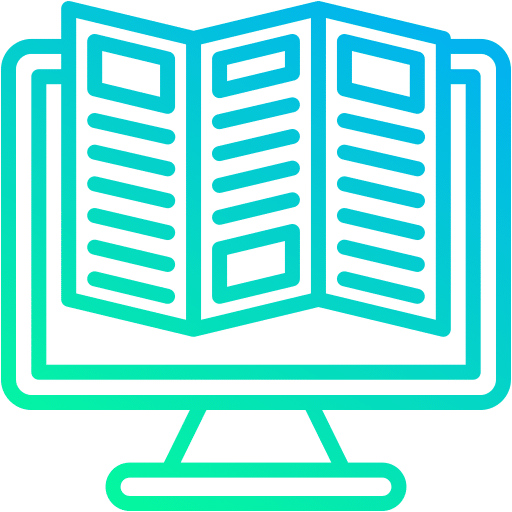Start Building AI-Powered Courses for Free
Turn 2025’s top eLearning trends into engaging, interactive courses—no tech skills needed.
1. Personalized Learning
Personalized learning is a trend in authoring tools for learning that tailor the learning experience to meet each learner’s unique needs. This approach uses data analytics and algorithms to provide customized learning paths, content, and assessments that are relevant and engaging. Personalized learning is important because it helps learners stay engaged, motivated, and focused on their learning journey.
To incorporate personalized learning into their courses, eLearning authors should understand their learners’ needs, use an AI-powered eLearning authoring tool that supports customized learning features, provide learners with choices and control over their learning experience, and use data analytics to track learners’ progress and provide personalized feedback. With these tips, eLearning authors can create effectively and engaging personalized learning experiences that cater to the needs of modern learners.
2. Integration with other Learning Technologies
Integrating eLearning with other learning technologies offers many benefits to both learners and trainers. For example, integrating AI-powered eLearning authoring tools with LMSs enables trainers and educators to track learners’ progress and performance and provides learners with easy access to course content. Similarly, integrating AI-powered eLearning authoring tools with VR/AR technologies enables learners to experience immersive learning environments and simulations, enhancing engagement and retention. Lastly, integrating AI-powered eLearning authoring tools with video conferencing allows learners to participate in interactive sessions with trainers and educators, providing a more personalized and collaborative learning experience.
To effectively integrate these technologies, eLearning authors should consider their learning objectives and goals. They should choose compatible technologies that can seamlessly integrate with their eLearning authoring tool. Additionally, AI-powered eLearning authors should provide learners with clear instructions on using the technologies and offer technical support if needed. Finally, eLearning authors should continuously evaluate the effectiveness of these technologies and adjust their integration strategy accordingly.
3. Accessibility and Inclusive Design
The trend of prioritizing accessibility and inclusive design in eLearning authoring tools aims to create eLearning content accessible to all learners, regardless of their abilities or disabilities. It ensures all learners have equal access to educational content and opportunities and fosters a positive and supportive learning environment.
To create accessible and inclusive eLearning content, authors should use clear and concise language, provide alternative text for multimedia, use color contrast appropriately, and ensure keyboard navigability. E-Learning authors should also engage with diverse user groups to receive feedback on the accessibility and usability of their content, identify areas for improvement, and ensure that their content is accessible to all learners.
4. Collaborative Authoring
Collaborative authoring is a trend in AI-powered eLearning authoring tools that involve multiple authors working together to create eLearning content. This approach can streamline the course creation process and improve the final product’s quality by leveraging multiple authors’ diverse skills and perspectives. Effective collaborative authoring requires a clear division of roles and responsibilities among authors, regular communication, and collaboration tools that enable real-time collaboration and version control.
In addition, E-Learning authors should establish a clear project timeline and milestones, assign specific tasks and responsibilities to each author, and hold regular meetings to discuss progress and identify areas for improvemen Collaborative authoring offers many benefits, including improved efficiency and productivity, enhanced creativity and innovation, and higher-quality eLearning content. In addition, by leveraging multiple authors’ diverse skills and perspectives, eLearning content can be created more quickly and effectively, ensuring that the final product is of the highest quality.
5. Gamification
Gamification is a trend in eLearning authoring tools that involve adding game-like features to eLearning content to increase learner engagement and motivation. The benefits of gamification include active learning, improved knowledge retention, and a positive learning experience. To incorporate gamification elements effectively, eLearning authors should first identify learning objectives and determine how gamification can support them.
They should choose the appropriate game mechanics and design elements to create a cohesive and engaging learning experience. E-Learning authors should also consider the learner’s perspective and preferences when selecting game mechanics and ensure the gamification elements are relevant to the content. Overall, gamification is a powerful tool that can enhance the learning experience and support learners in achieving their educational goals.











